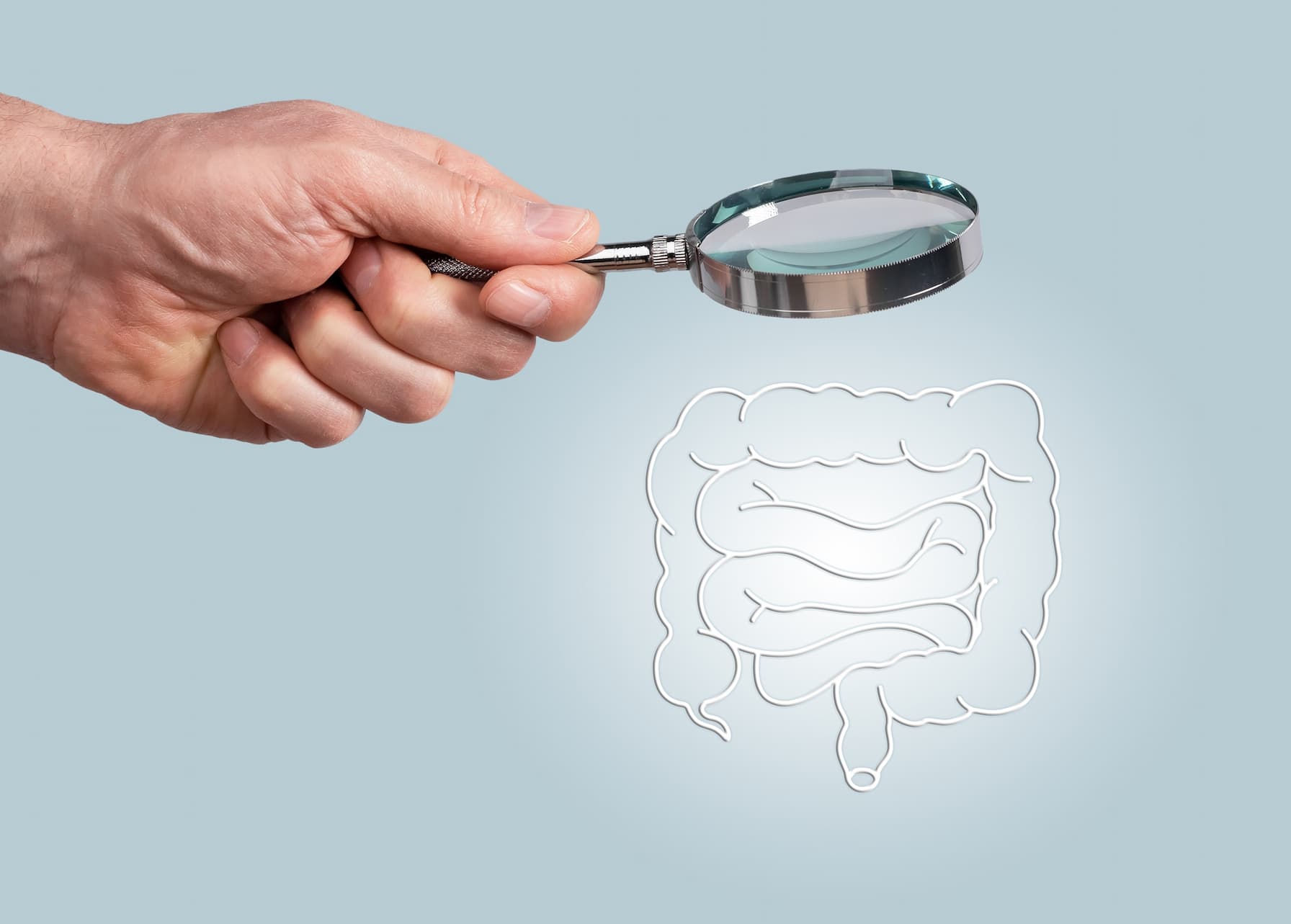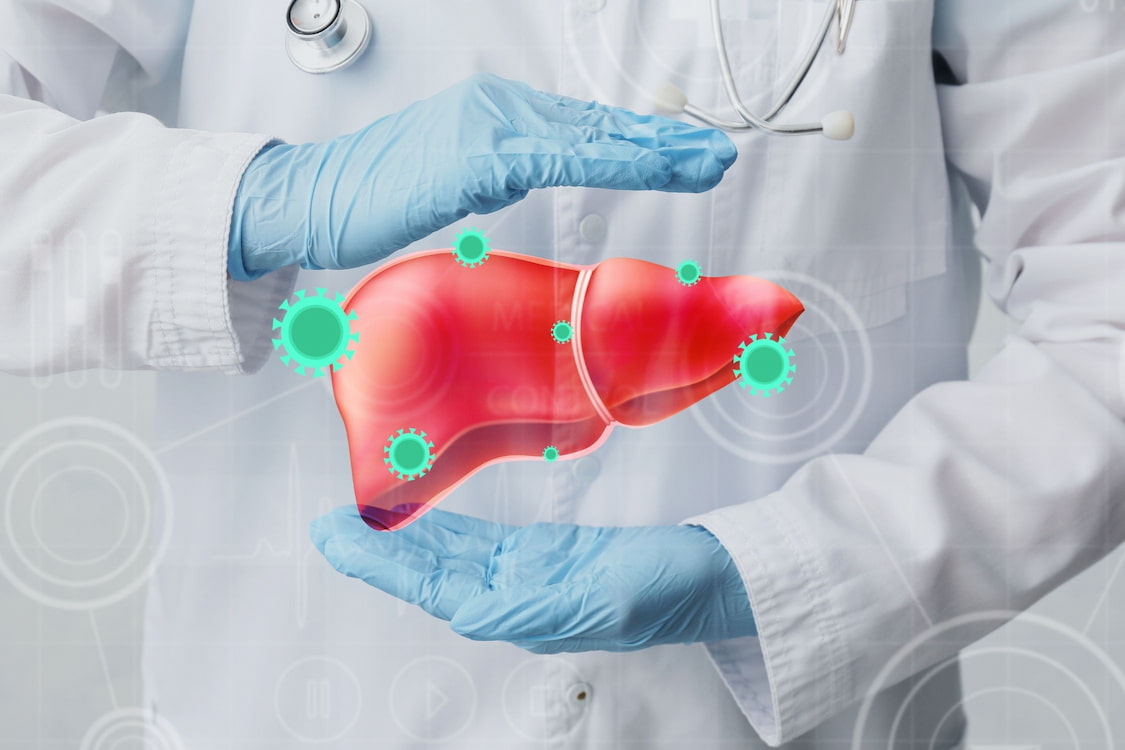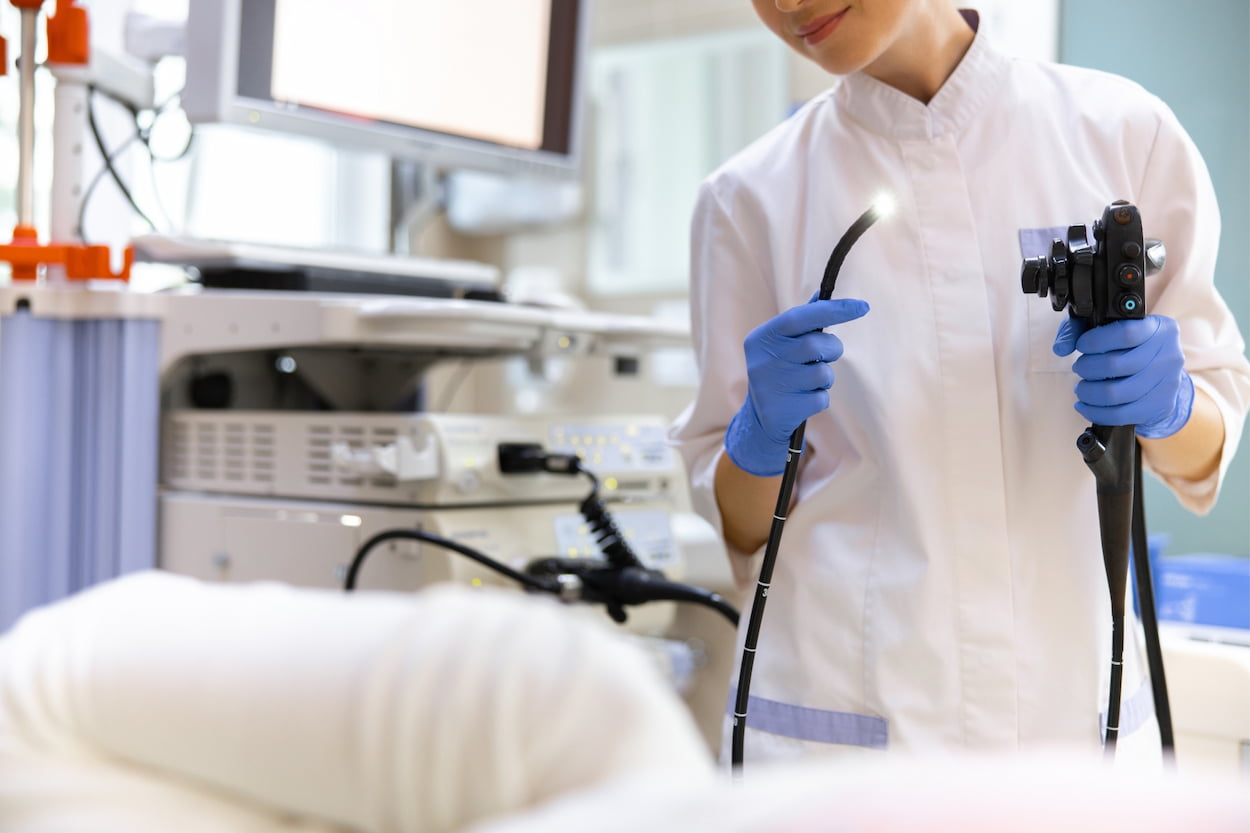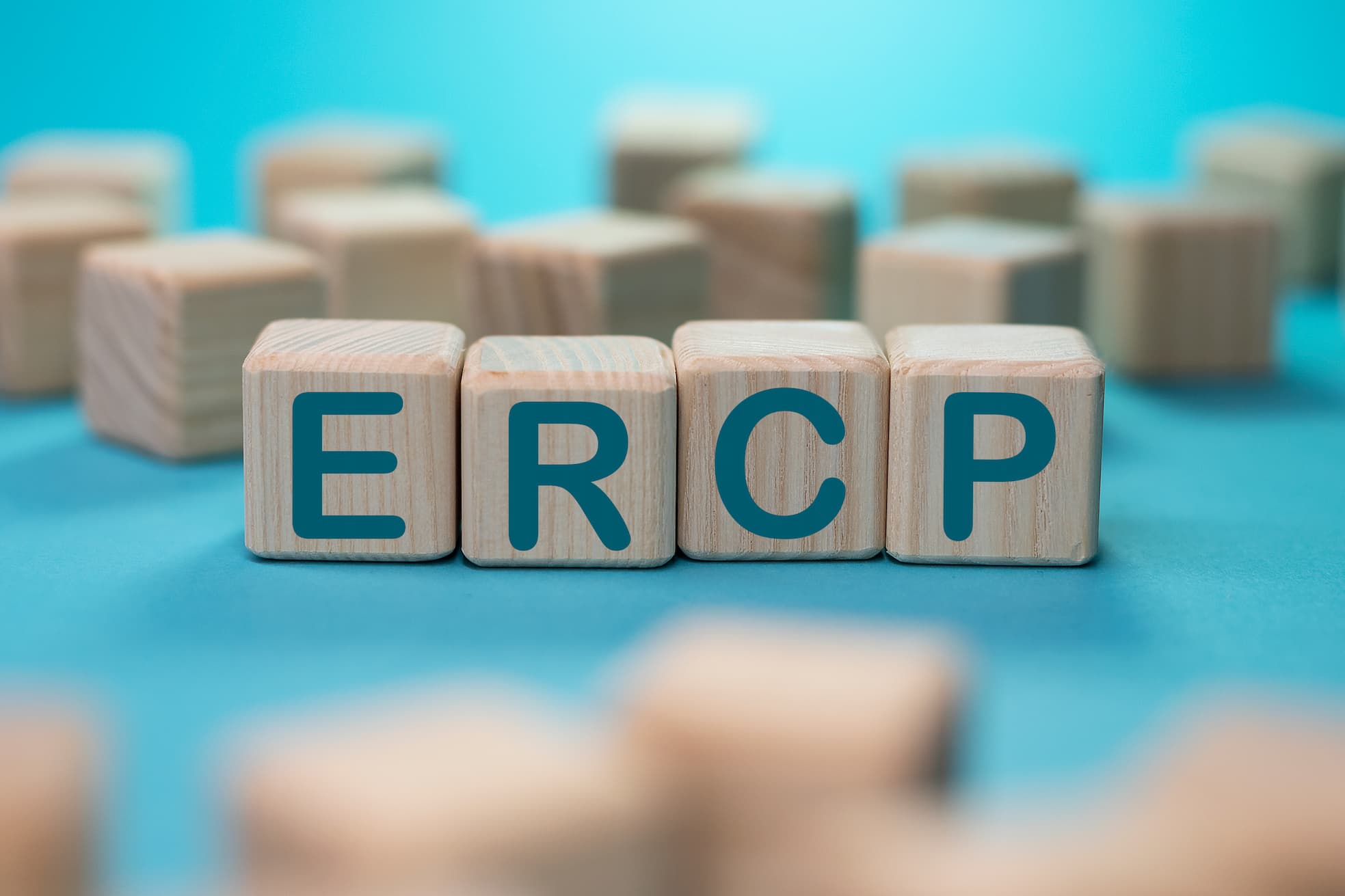
What You Need to Know About ERCP
Endoscopic retrograde cholangiopancreatography, which is more commonly referred to by its acronym ERCP, is a diagnostic procedure that can also be used to treat illnesses that affect the liver, gallbladder, and pancreas. ERCP can both diagnose and treat several conditions. An endoscope, which is a flexible tube with a camera and a light attached to it, is needed in order to carry out the procedure. After inserting the endoscope into the mouth of the patient, it is maneuvered further and further down into the patient’s digestive tract until it reaches the bile ducts and the pancreas.
The endoscopic retrograde cholangiopancreatography (ERCP) technique is a challenging one that requires the use of specific equipment and knowledge. Because of this, the procedure is typically performed by a gastroenterologist, who is a medical specialist who focuses on conditions that affect the digestive system. In this post, we will go over everything you need to know about endoscopic retrograde cholangiopancreatography, also known as ERCP. This will include what it is, how it is conducted, the potential dangers and concerns that may occur, and what you can expect during the recovery process.
What Is ERCP Technique?
An endoscopic retrograde cholangiopancreatography, often known as an ERCP, is a procedure that can be used to diagnose as well as treat a patient. During this procedure, the patient’s bile and pancreatic ducts are examined, and any stones or other obstructions in the bile ducts are removed. Gallstones, pancreatitis, cholangitis, and tumors that can be found in the bile duct or pancreas are some of the conditions that it is commonly used to diagnose and treat. Cholangitis is an inflammation of the bile duct.
During the endoscopic retrograde cholangiopancreatography (ERCP) technique, a thin and flexible tube known as an endoscope is employed. After inserting the device into the patient’s mouth, it is maneuvered via the patient’s throat and into the small intestine. The gastroenterologist can examine the inside of the digestive tract as the process is being carried out thanks to the capabilities of the endoscope, which includes both a camera and a light. The camera enables the gastroenterologist to capture images of the interior of the digestive tract. After the endoscope has been guided to the pancreas or the bile ducts, a dye will be injected into the area using the endoscope. When this dye is injected into a patient, the bile ducts as well as the pancreatic ducts become apparent on X-rays.
What Is an ERCP Technique Used for?
ERCP is commonly used to diagnose and treat conditions related to the liver, gallbladder, and pancreas such as bile duct stones, narrowing of bile ducts, blocked pancreatic ducts, pancreatitis, and tumors in the bile duct or pancreas. ERCP provides valuable information regarding the size, shape, and location of obstructions, allowing physicians to diagnose and treat conditions with greater precision. Additionally, the procedure can be used to remove stones or other obstructions directly from the bile duct, pancreas, or gallbladder, reducing the risk of complications and improving patients’ overall health. ERCP is an essential diagnostic and therapeutic tool used by gastroenterologists to detect and treat a wide range of conditions related to the digestive system.
In most cases, the endoscopic retrograde cholangiopancreatography (ERCP) operation is performed in a clinical or hospital setting while the patient is sedated or under the influence of general anesthesia. To ensure that the patient’s stomach and small intestine are empty before the surgery, they will need to fast for a certain amount of time during which they will not be able to consume any food or liquids.
When the patient has been sedated, the gastroenterologist will insert the endoscope into the patient’s mouth and then guide it into the stomach and small intestine. This procedure will take place after the patient has been sedated. After that, the endoscope is manipulated in such a way that it can gain access to the bile ducts as well as the pancreas.
Once the bile ducts and the pancreatic ducts have been detected and identified, the gastroenterologist will inject a dye through the endoscope to make the ducts visible on X-ray photos. This will be done to make the ducts visible. The images that were produced by the dye allow the gastroenterologist to see any abnormalities, blockages, or other challenges that are present in the bile ducts and the pancreas. This is made possible by the fact that the images were formed.
Throughout treatment, the gastroenterologist may use specialized equipment to clear the patient’s digestive tract of any obstructions or stones that may be there.
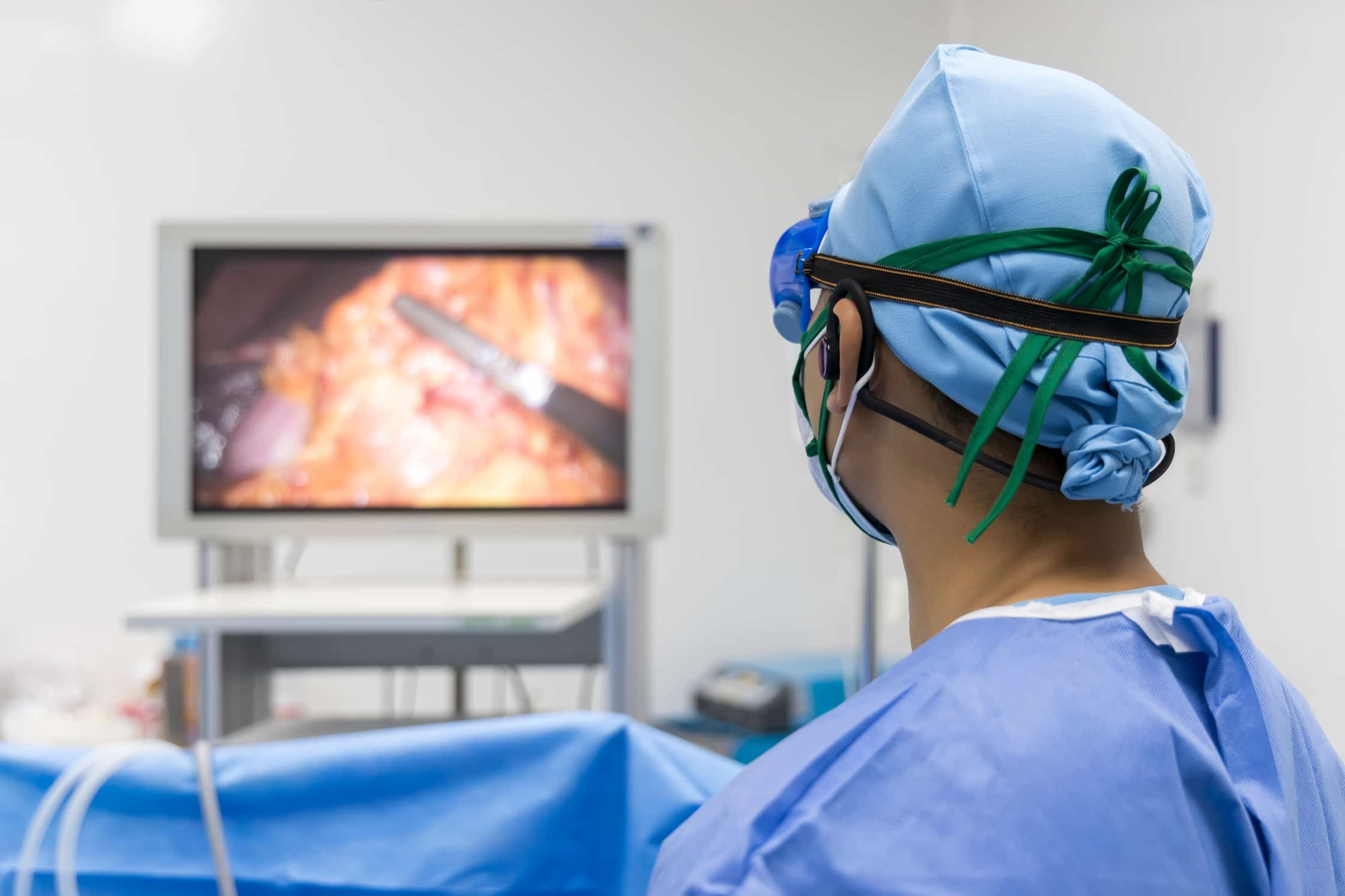
Check Points for ERCP Technique
The endoscopic retrograde cholangiopancreatography (ERCP) procedure, like any other kind of medical operation, comes with its fair share of possible risks and complications. Among these is the potential for unpleasant reactions to the anesthesia or dye that will be used during the treatment, as well as bleeding, infection, and perforation of the digestive tract as possible consequences of the procedure.
Endoscopic retrograde cholangiopancreatography, often known as ERCP, has only rarely been associated with pancreatitis, which is a severe form of pancreatic inflammation. This may occur if the dye is injected into the ducts, which may cause inflammation, or if the endoscope causes injury to the pancreas, which may also cause harm. All of these scenarios have the potential to bring about the same result.
Following the completion of the endoscopic retrograde cholangiopancreatography (ERCP), the patient will be monitored for a period of time to ensure that there are no complications. Patients can go home the same day they have the bulk of their medical treatments, which is a significant benefit.
During therapy, individuals may experience some discomfort or pain in their neck or tummy. These symptoms are common. Also, after the treatment, they may be urged to refrain from engaging in strenuous activity or carrying heavy objects for a predetermined amount of time.
In addition, the doctor might suggest that the patient adhere to a particular diet for a predetermined amount of time after the treatment in order to ensure that the patient’s ducts heal in the appropriate manner. This recommendation would be made in order for the patient to heal in the correct manner. Your gastroenterologist will provide you with detailed instructions regarding the types of foods and beverages, as well as any medications, that you should consume while you are recovering from your procedure. These instructions will also include information regarding any medications that may be required for you to take.
The Study of the ERCP Technique
A recent study published in the Journal of Gastrointestinal Endoscopy examined the outcomes of 1,000 patients who underwent endoscopic retrograde cholangiopancreatography (ERCP) procedures. The study aimed to assess the diagnostic accuracy and therapeutic efficacy of ERCP in a real-world clinical setting. The results showed that ERCP was highly effective in diagnosing and treating a variety of conditions affecting the liver, gallbladder, and pancreas. Additionally, the study reported a low rate of complications, with most patients experiencing only mild discomfort during and after the procedure. This research underscores the reliability and safety of ERCP when performed by experienced gastroenterologists, making it a valuable tool for diagnosing and treating digestive system disorders.
Healthy Türkiye Notes
Endoscopic retrograde cholangiopancreatography, more often known as ERCP technique, is a treatment that can both diagnose and treat a wide variety of conditions that affect the digestive system. Despite the fact that it comes with a number of potential dangers and consequences, the treatment is typically considered to be both risk-free and successful when it is carried out by an experienced gastroenterologist. This is despite the fact that it comes with a number of potential dangers and consequences.
If you are experiencing symptoms such as abdominal pain, nausea, or yellowing of the skin or eyes, or if you have been diagnosed with a condition that may require the ERCP technique, talk to your healthcare provider about whether or not this procedure may be appropriate for you. Your healthcare provider will be able to determine whether or not this procedure may be appropriate for you based on your symptoms and diagnosis. Your primary care physician will be the best person to evaluate your condition and decide whether or not you will benefit from carrying out this surgery.
